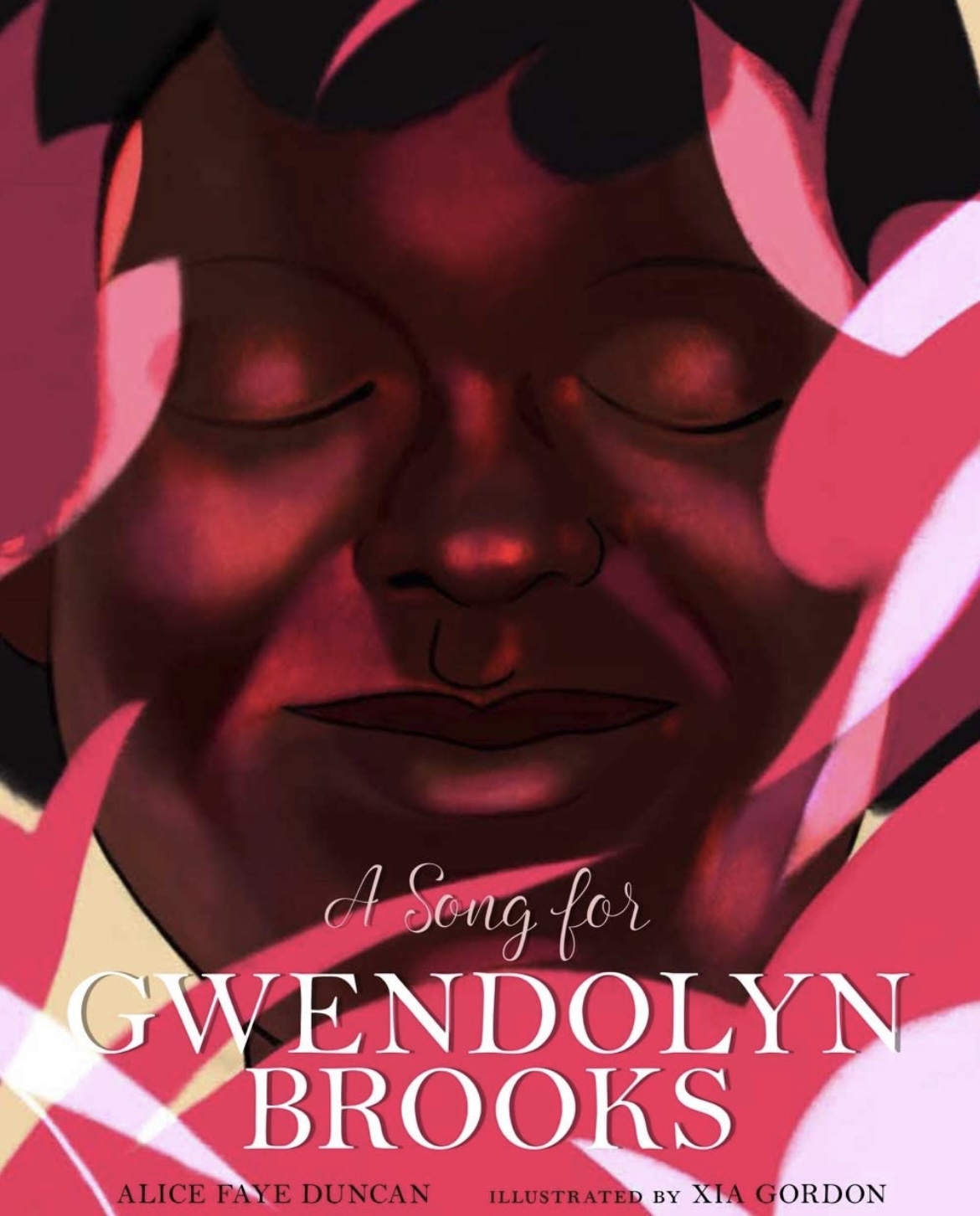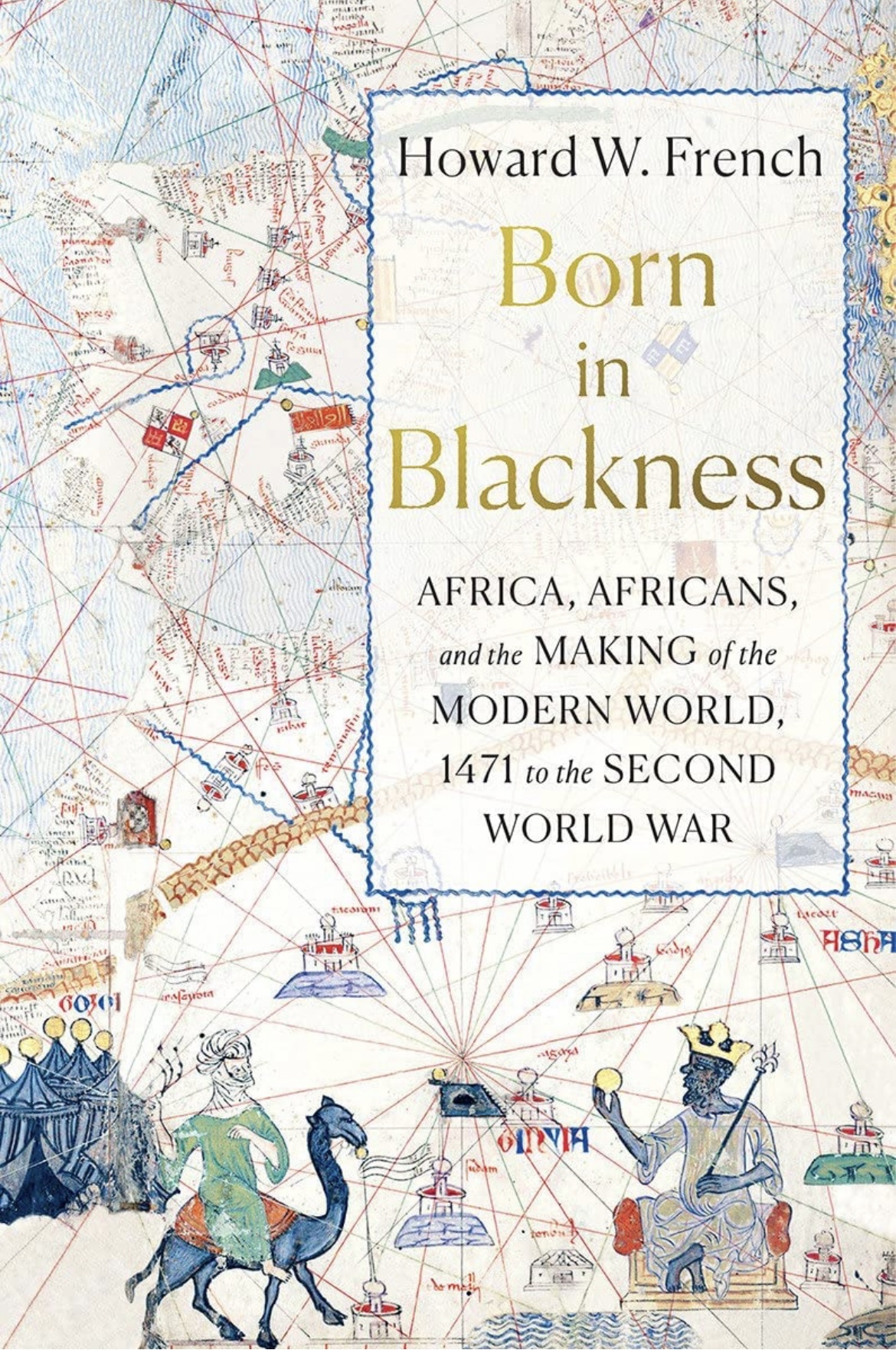Description
Gr 3-6-One hundred years ago, the Greenwood district of Tulsa, OK, was a prosperous Black community. Restaurants, beauty salons, movie theaters, and dozens of other businesses thrived along “Black Wall Street.” Cooper’s sepia-tone illustrations depict the bustle of everyday life as people hurried to shops or churches and gathered with friends. A stark spread signals the tragic turning point that resulted in the decimation of Greenwood’s Black community. A 17-year-old white woman elevator operator accused a 19-year-old Black man of assault. Incited by calls to action printed in white-owned newspapers, thousands of armed white men headed to the jail, where they met 30 armed Black men determined to stop a lynching. The confrontation resulted in the deaths of two Black men and 10 white men. Angry that they didn’t get to the jailed Black man, a white mob invaded the town, looted, and committed arson. The police did nothing to protect the Black citizens. Up to 300 Greenwood residents were killed, and more than 8,000 were left homeless. Seventy-five years passed before an official investigation occurred. Cooper’s illustrations are infused with a personal connection.
Not only did he grow up in Tulsa, but Cooper also heard his grandpa’s stories of surviving the events. The powerful photo spread on the endpapers documents the destruction and smoking ruins. Cooper’s final illustrations of Tulsa’s
Reconciliation Park offer a bit of hope. Weatherford’s author’s note provides additional background. VERDICT This moving account sheds light on shameful events long suppressed or ignored.








Reviews
There are no reviews yet.